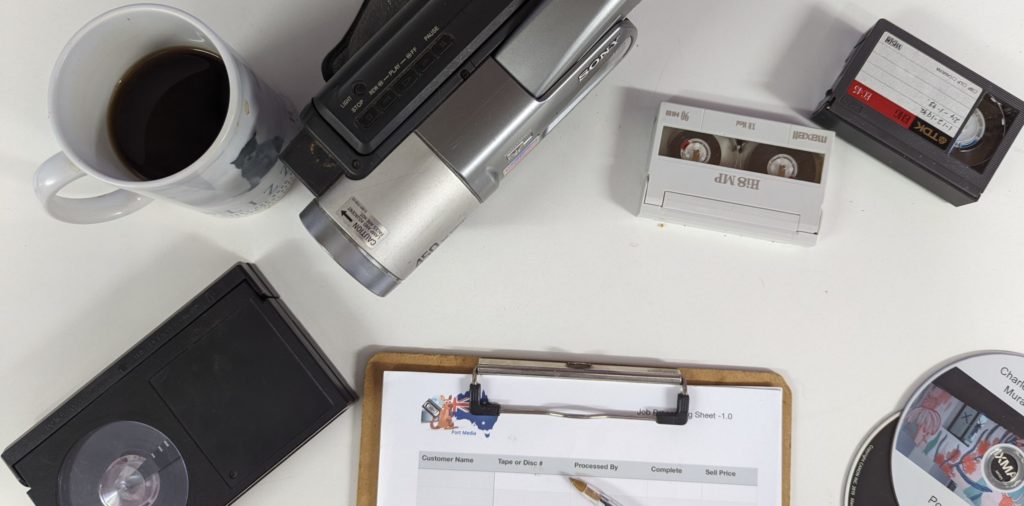Media Conversion: The History of the MiniDV Video Tape
In today’s world of digital media, it’s hard to imagine a time when capturing and storing video footage was not as easy as pulling out a smartphone and hitting record. But in the late 1990s, a new format emerged that revolutionized the way home videos were recorded and played back – the MiniDV video tape.
Developed jointly by Sony and Panasonic, the MiniDV tape was introduced in 1995 as a compact, affordable, and high-quality alternative to the bulky VHS tapes that had been the standard for home video recording for decades. The new format was a hit with consumers, and by the early 2000s, MiniDV had become the most popular format for amateur video.
So, what made the MiniDV tape so revolutionary? For starters, it was small. The tapes measured just 2.5 inches by 1.875 inches, making them easy to carry around and store. But despite their small size, MiniDV tapes had a storage capacity of up to 80 minutes of video, which was more than enough for most home video projects.
The MiniDV format also offered significant improvements in video quality over VHS tapes. MiniDV tapes recorded video in digital format, which meant that the image quality was sharper and more vibrant than that of analog VHS tapes. Additionally, the MiniDV format used a compression algorithm that allowed for more efficient storage of video data, resulting in higher-quality recordings than were possible with VHS tapes.
Another advantage of the MiniDV format was its ease of use. The tapes could be easily inserted and ejected from the camera, and the tape itself was durable enough to withstand the wear and tear of repeated playback. And because MiniDV tapes were digital, they could be easily edited on a computer using specialized software, a process that was much more cumbersome with VHS tapes.
Despite its many advantages, the MiniDV format was not without its drawbacks. For one thing, the tapes were relatively expensive compared to VHS tapes, which made them less accessible to some consumers. In addition, MiniDV tapes were not as widely compatible with playback devices as VHS tapes, which could be played on just about any VCR.
Perhaps the biggest challenge to the MiniDV format, however, came from the rise of digital video cameras that recorded directly to memory cards or hard drives. These new cameras were smaller and lighter than MiniDV cameras, and they offered even higher-quality video than MiniDV tapes. As a result, the MiniDV format began to decline in popularity in the late 2000s, and by the early 2010s, it had largely been replaced by newer digital video formats.
Despite its relatively short lifespan, the MiniDV format played a significant role in the history of home video recording. It was a major step forward in terms of video quality and ease of use, and it paved the way for the digital video revolution that would follow. Today, MiniDV tapes may seem like a relic of a bygone era, but their impact on the world of video production is undeniable.

